Where to See Wildlife on the North East and Yorkshire Coast
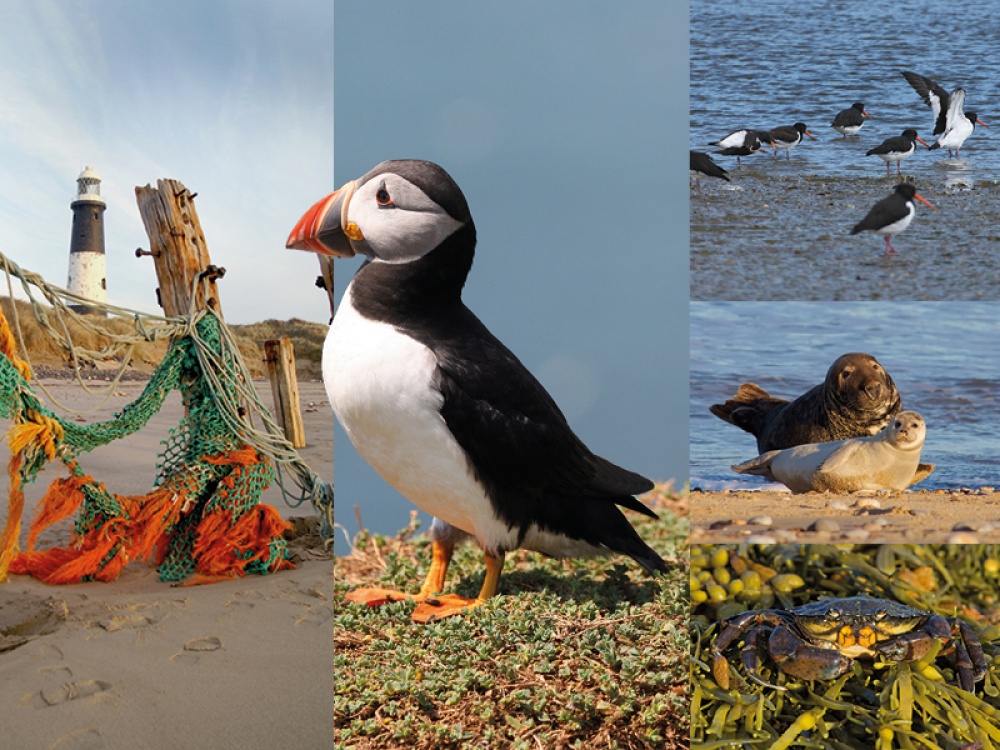
We share the coast with a host of amazing wildlife - so, let's get out there and meet the neighbours

Farne Islands
These craggy collection of islands off the Northumberland coast might be small but they pack a mighty punch when it comes to nature. There are a total of 28 islands, with varying visibility depending on the tide, and Sir David Attenborough is a fan, citing them as his favourite place to explore nature, as are the 100,000 or so seabirds who call the islands home. There are few better places in the country to see puffins at the height of their breeding season, when 43,000 pairs gather to show off their beautiful markings and striking orange-tipped beaks to the guillemots and razorbills – both members of the auk family – who share the islands’ nooks and crannies.
Every year, puffins flock back to breed between April and July, laying a single egg in nests in burrows in the ground. The males dig the burrows, using their bill and feet to push the soil out behind them. Puffins can live as long as 30 years, wintering out at sea, where they shed their brightly coloured bills in favour of a more sombre grey winter bill.
According to the RSPB, puffins are a red-listed species, meaning that there has been a severe decline in their population in recent years. Every five years, the Farne Islands’ ranger team undertakes a full census of puffins, and they rely on visitors to help support the vital work to protect them.
While the puffins are the main residents, the islands are not solely a preserve of birds – they are also home to one of the top grey seal pupping sites in England, with more than 2,000 pups born every autumn.
You can take a boat trip out to the islands to see it all for yourself. Book a boat from the harbour at Seahouses, and if you are lucky you might even get dolphins riding the bows as you head out.
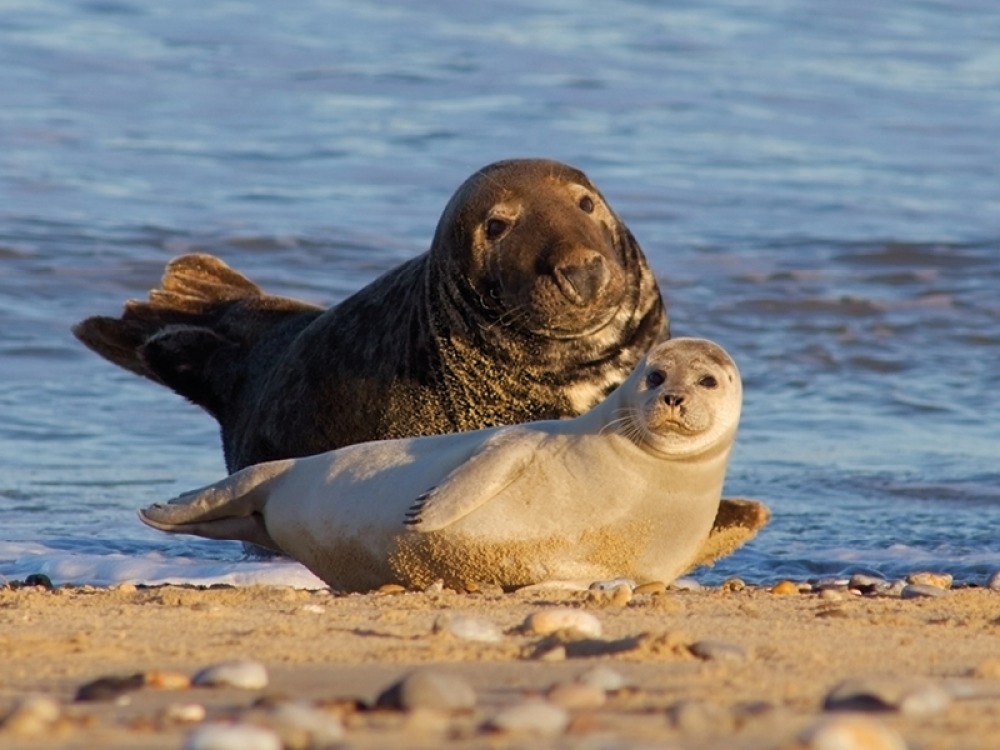
Seal of approval
What’s the deal with grey seals? The National Trust shares its top facts
Seals spend 80 percent of their time below the water and only 20 percent on the surface breathing. They usually stay underwater for between four and eight minutes at a time, although they can go for as long as 30 minutes without breaking the surface to catch their breath.
National Trust rangers visit the seals every four days or so to mark new pups with a harmless vegetable dye. By using a rotation of three or four colours, they can keep track of how many pups are born and how many survive.
In autumn both female and male seals fast, using the nutrients in their own blubber for sustenance. Females can fast for more than 20 days, while males can push on for 50 days or more. The longer a male can stay in the colony and defend his territory without having to hunt, the higher he rises in the hierarchy.
Souter Lighthouse
Easterly winds carry a range of birds across to Souter and The Leas from northern Norway, Finland, Sweden and Russia, while the south westerly winter migration path towards North Africa means birds use the east coast as a stopping off point.
Kestrels and sparrowhawks pass by on a daily basis, and peregrine falcons and little owls breed in the area (you can often see owls catching voles in the early afternoon from October through to March).
The National Trust has built an artificial sand martin nest at Souter to protect up to 140 vulnerable pairs. In recent years, an abundance of summer rain has led to the collapse of their usual metre-long tunnel nests, so the artificial versions have been installed to mimic the holes in the cliff face with clay pipes filled with sand.
Hauxley Wildlife Discovery Centre
One of the best wildlife-watching spots in the North East, Hauxley Wildlife Discovery Centre lies right next to the beach, offering fantastic views across Druridge Bay.
The reserve has been extensively remodelled since it was taken over by Northumberland Wildlife Trust, offering visitors a whole world of wildlife in its eco-friendly Wildlife Discovery Centre. Visitors can use six hides to observe a host of birds, including grey herons, reed bunting, coots and curlews. The kids will love the interactive wildlife trail through the woodland next to the centre and you can pick up everything you need, along with a coffee or ice-cream, at the popular Lookout Café.
The reserve also nurtures fabulous flowers including viper’s bugloss, bloody cranesbill and northern marsh orchid, which attract a variety of butterflies such as the common blue and wall brown. Dragonflies and damselflies can often be found hovering above the ponds and, if you keep your eyes peeled, you might also spot red squirrels, stoats and otters.
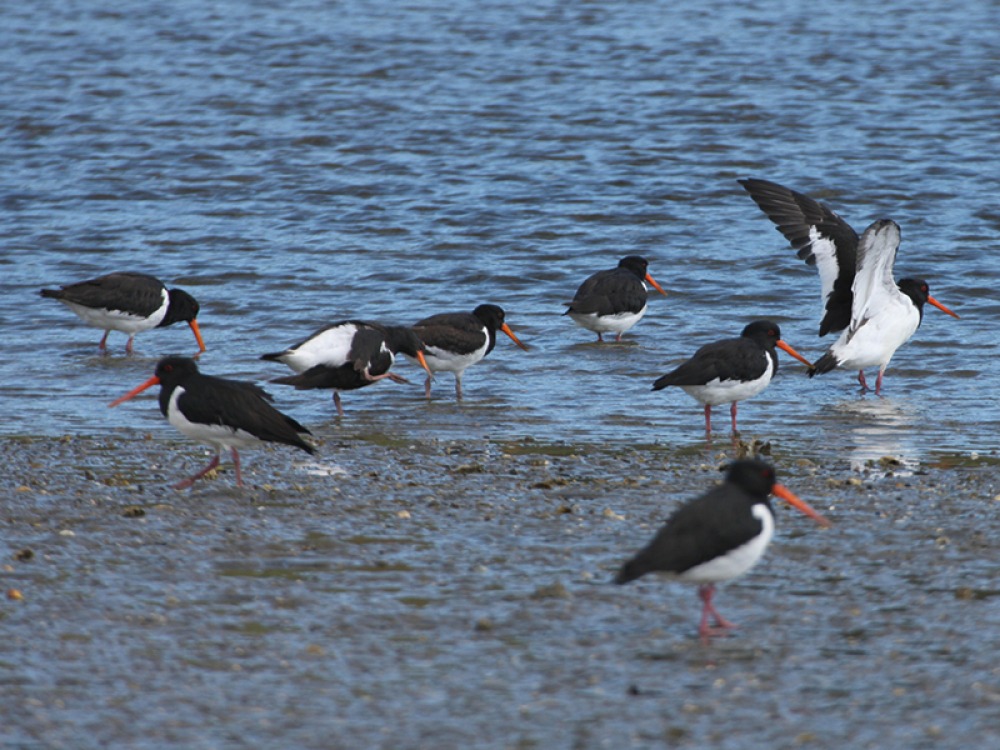
Coquet Island
Just 1.2km off the coast at Amble, Coquet Island is a vibrant seabird sanctuary, home to 90 percent of the UK’s roseate tern breeding colony, which can be identified by their pale grey plumage, long tail streamers and slight rosy flush. These are one of the country’s rarest nesting seabirds, whose long decline means they are now officially a red-listed species.
Coquet Island is also an important breeding place for puffins, common and Arctic terns, and oystercatchers. While you can’t land on the island, you can get close by boat, which you can catch from Amble harbour.
The RSPB aims to increase the number of breeding seabirds on the island to more than 40,000 using habitat management and provision of nest terraces. It also wants to increase awareness of the the seabird colony with live webcam feeds, offering a great insight into the birds’ habits.
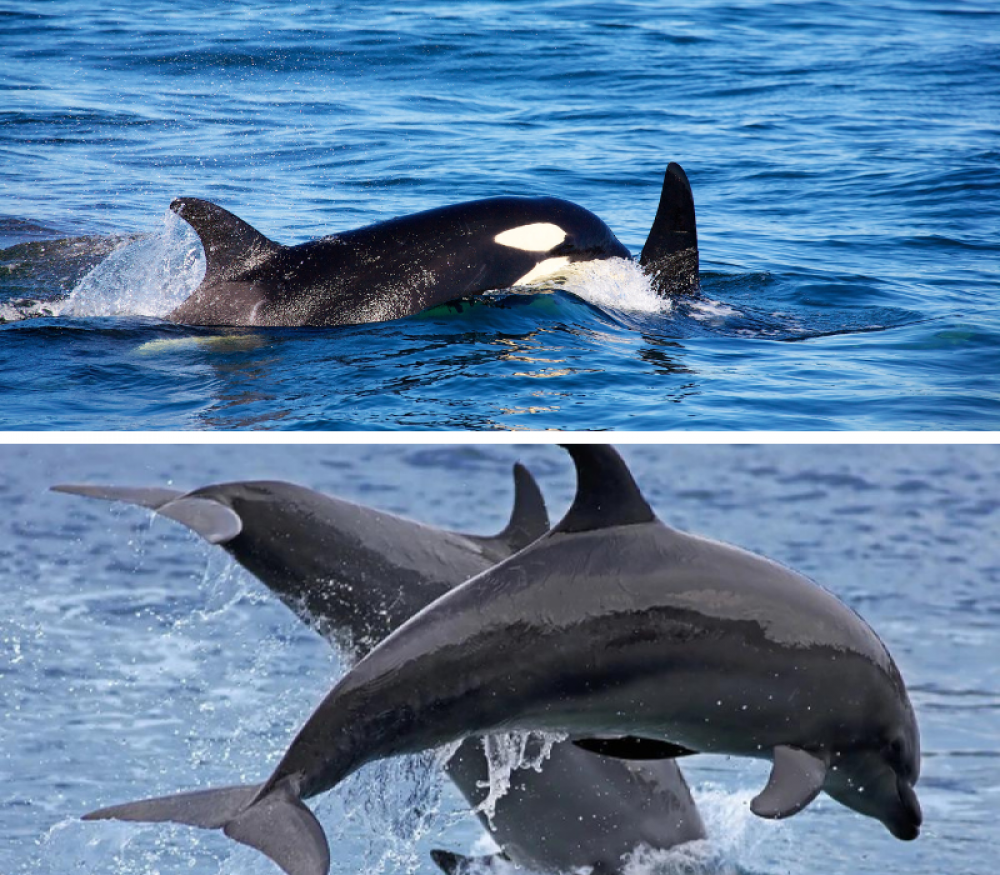
Where To Watch Out For Dolphins And Whales
The North Sea boasts a rich variety of sea life. Every summer and autumn, herrings migrate to the Yorkshire coast to spawn, closely followed by hungry minke, fin, sei and humpback whales, white-beaked and bottlenose dolphins, porbeagle sharks, birds and seals. Other creatures not necessarily partial to herring, including sunfish, jellyfish, gannets, guillemots and razorbills, also make the east coast their home.
Whitby Whale Watching takes visitors out from the harbour into the wider bay to get a closer view of the colossal creatures that populate the seas through the month of September. The team also share their knowledge about the town’s rich history in whaling and herring fishing, which dates back to around 1753 and is believed to be responsible for the harvest of more than 25,000 seals, 55 polar bears and 2,761 whales. You can book a coastal cruise over the summer, and during July and August the two-hour evening cruise offers you the chance to see some of Yorkshire’s amazing wildlife from the water.
Whale sightings are also on the rise along the Northumberland coast, including a pod of killer whales which was spotted six miles from Seahouses, probably drawn to our waters by the seals around the Farne Islands. Elsewhere, dolphins have been sighted quite regularly just off the coast, at South Shields, Beadnell and Bamburgh, and porpoises have been seen in Amble harbour and Embleton Bay.
Bempton Cliffs
The RSPB reserve at Bempton Cliffs, between Filey and Bridlington, is one of the UK’s top wildlife spectacles, especially between March and October when around half a million seabirds gather on the towering chalk cliffs overlooking the North Sea.
Among the star species on display are gannets, guillemots (which cram themselves onto the narrowest cliff ledges and bustle for space while clutching their eggs between their feet) and puffins.
The grass and scrub at the top of the cliffs provide the perfect habitat for farmland birds such as tree sparrows, skylarks, linnets and, in winter, short-eared owls. And, if you peer (carefully) over the cliffs, you might be lucky enough to spot seals and porpoises in the waves below.
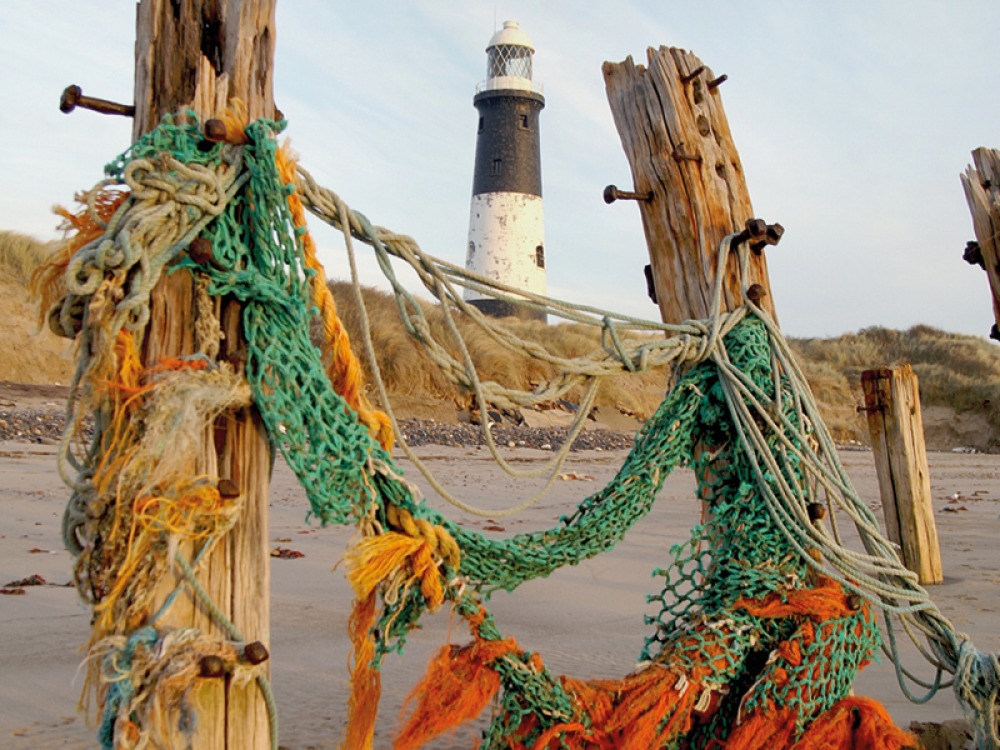
Spurn Point
This long stretch of sand, which literally ‘points’ three and a half miles into the Humber estuary, is an important national nature reserve overseen by Yorkshire Wildlife Trust. One of the UK’s top bird migration watch points, it attracts hundreds of birdwatchers on the lookout for knot, dunlin and godwit.
For a day out with a difference, try a Spurn Safari. This two-hour guided tour of the sands in a 4x4 provides views of incredible panoramas and wildlife. It’s also worth climbing to the top of the 128ft-high lantern room at Spurn Lighthouse to really make the most of the views.
To find out more about Yorkshire’s very own ‘Land’s End’, call into Spurn Discovery Centre, where you will find a host of informative and inspiring exhibits.
Rock-Pooling In Yorkshire
It’s amazing what you can discover in the rock pools that pepper the beaches and bays of the Yorkshire coast. Saltburn, Robin Hood’s Bay and Boggle Hole offer particularly rich pickings, as long as you follow a few simple dos and don’ts.
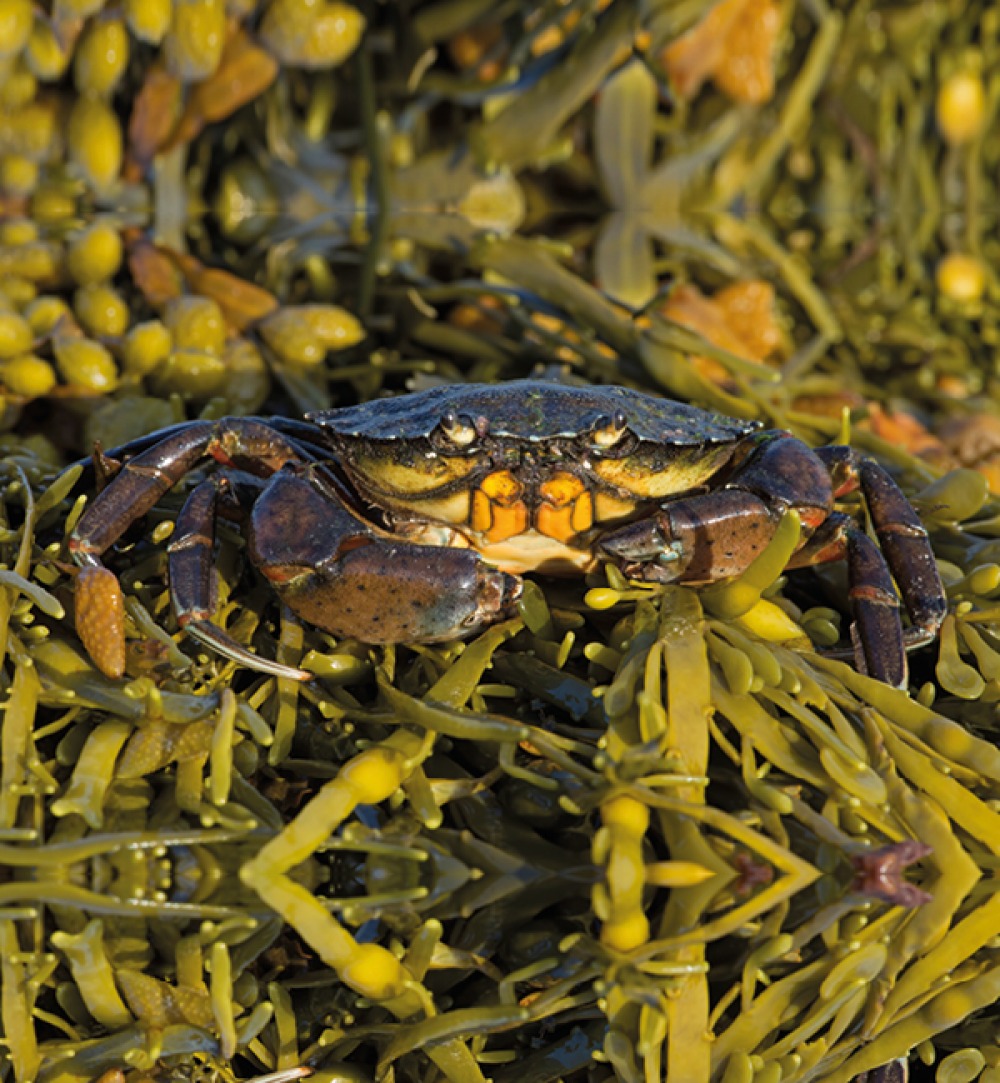
When to go
You can go rock-pooling at any time of the year, but the temperatures are best from late spring to early autumn. Our seas are at their warmest in September and coldest in March.
Where to look
Rock pools close to the beach are full of green seaweed, so you won’t find much in the way of wildlife here. Those closest to the sea edge are home to a variety of marine animals which need a supply of seawater.
Watch the weather
If you go rock-pooling when the weather is dry and calm, the surface of the pools will be still, making it easier to see what lies beneath the surface. The first things you’ll spot are fish such a gobies, butterfish or bennies. If you’re lucky, you might even catch sight of prawns and shrimp.
Hidden creatures
To make the most of rock-pooling, you need to get your hands wet. Pick up rocks and move seaweed around if you want to see green shore or porcelain crabs scuttle out.
A closer look
Collect rock pool creatures in a bucket for closer inspection, but don’t hold on to them for too long. Have a quick look and then put them back. It’s not advisable to use a net as creatures can easily get tangled and injured.







